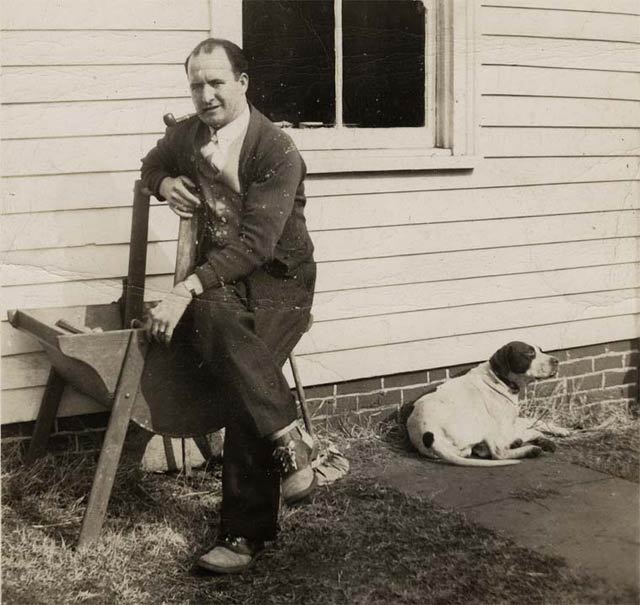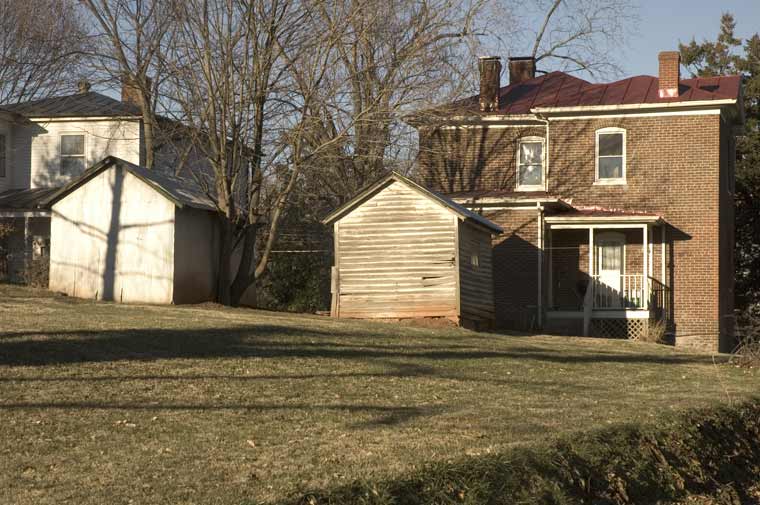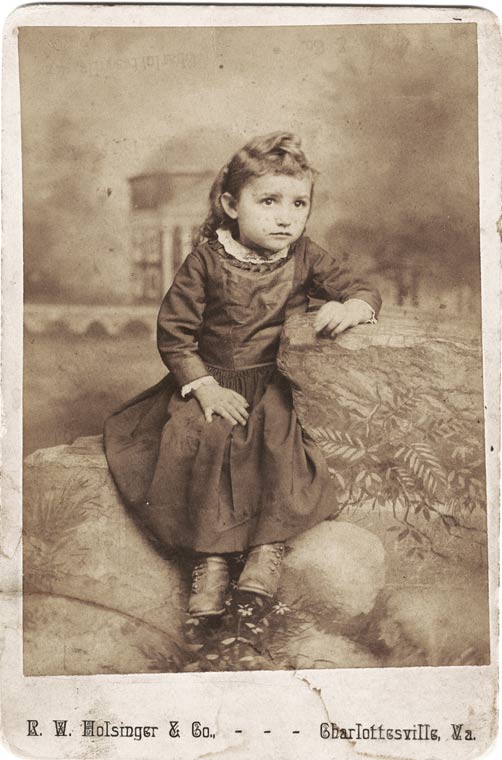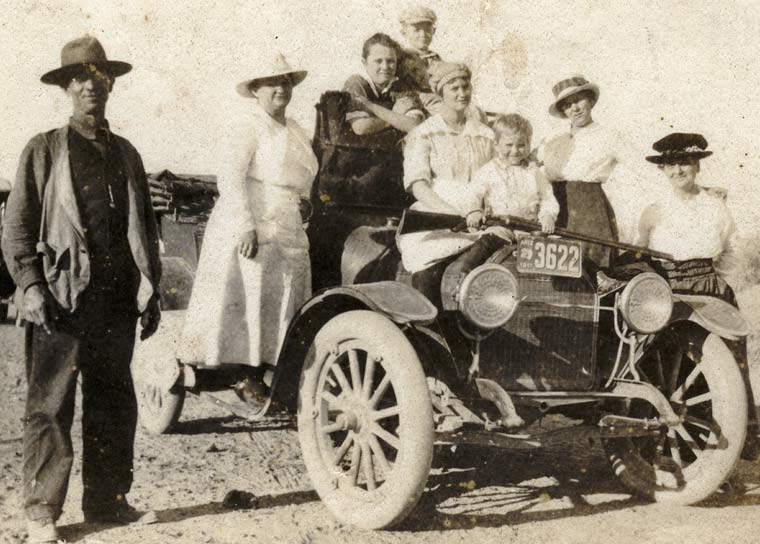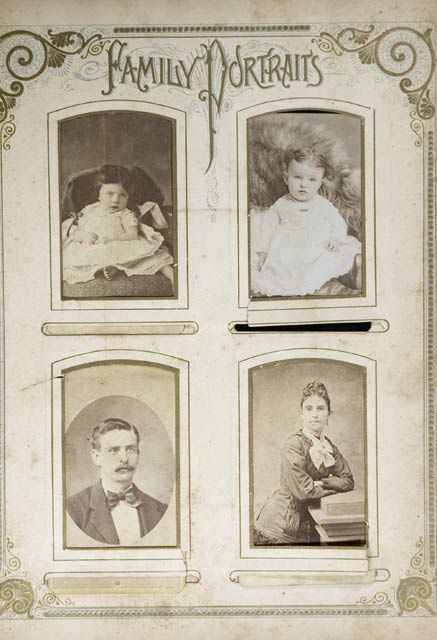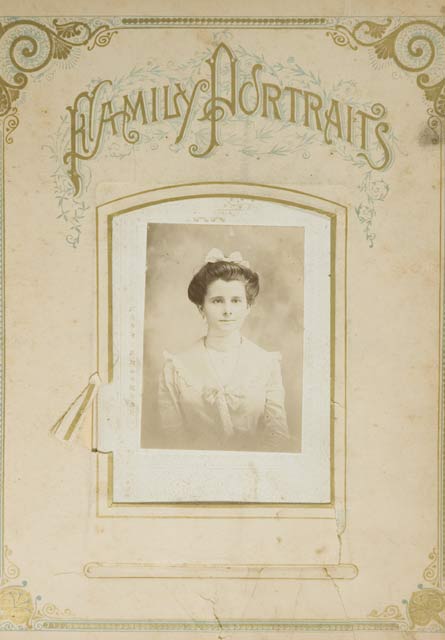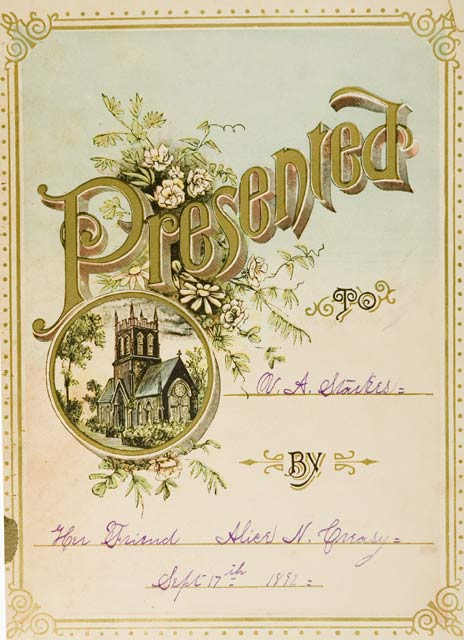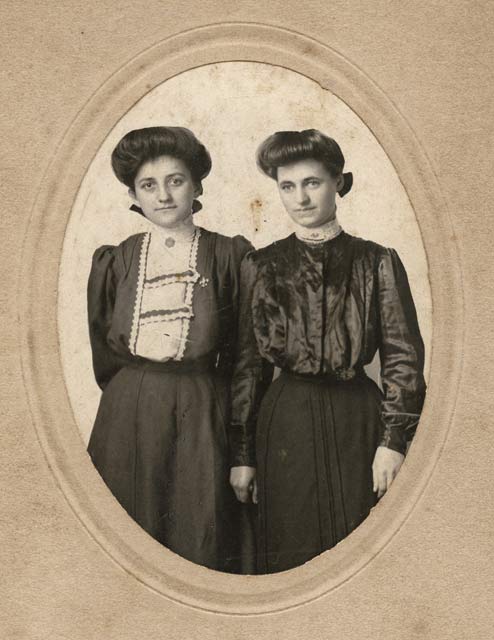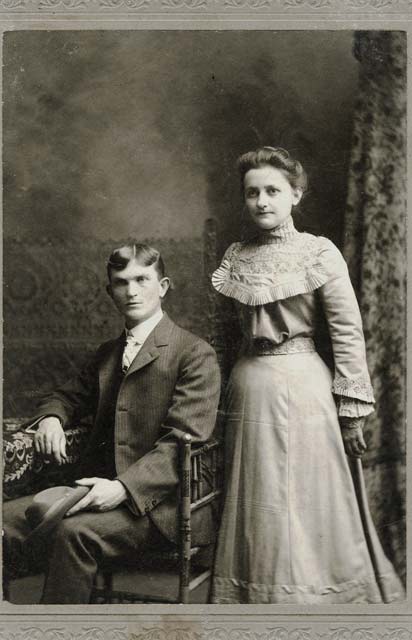1890's
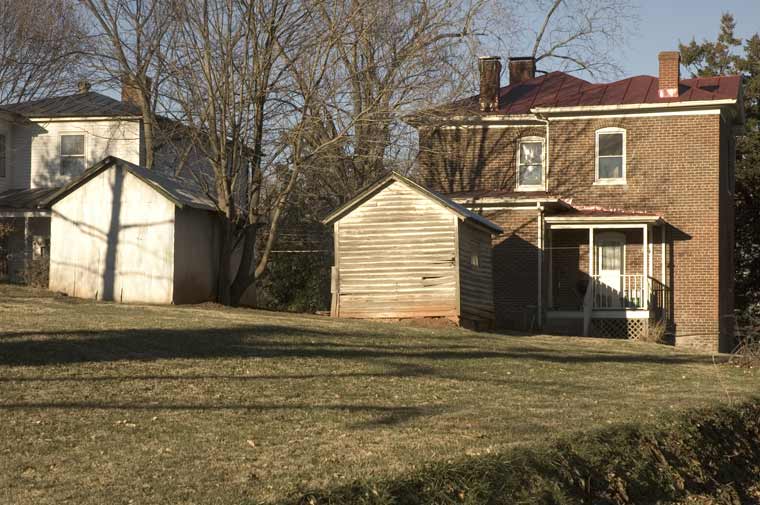
House on the left ( 1604 Woolen Mills Road. 002-1260-0030 ) built by Virginia (41 y.o.) and James Starkes (55 y.o.) in 1890.
Brick house on right residence of Cel and Bettie Harlow. John Baltimore, mason, Bettie Baltimore Harlow's brother, laid the brick.
The Starkes acquired their 4 acre lot the first day of summer, June 21, 1886, for five-hundred dollars (Albemarle County DB 92 Page 65). To the north the Starkes lot had 310 feet of frontage on Woolen Mills Road. It was bounded on the south by the C&O railroad tracks, to the east by a paper street, 2nd road (modern-day Franklin Street) and to the west by James Timberlake (002-1260-0037, 1512 Woolen Mills Road)
Following the death of the Starkes, their property became involved in a chancery suit between their children and was sold at auction June 20, 1903 to James Timberlake, wet-finishing foreman at the Woolen Mill. (Albemarle County Chancery orders 1903, Book 21, Page 42, Albemarle County DB 127 Page 250)
In January of 1916, Timberlake divided and sold Virginia Starkes land. The western portion of the land he sold to R.N. Gianniny (1600 Woolen Mills Road, 002-1260-0041, Albemarle County DB 161 PG 406 J.E.Timberlake to R.N. Gianniny 1/24/1916 $500). Gianniny was a weaving second hand who had grown up in the mill village. In 1919, at the age of 48, Gianniny was promoted to the position of supervisor of the Woolen Mills weaving department. Gianniny was Virginia Starkes first cousin (?? have to tie this down)
Gianniny subdivided his lot and sold the western portion to Woolen Mills transportation supervisor, J.E. Hudson (DB 162 PG184 R.N. Gianniny to J.E. Hudson 2/19/1916 $250, 1516 Woolen Mills Road, 002-1260-0040)
Timberlake sold the eastern portion of the Starkes lot to Marcellus and Bettie Harlow, 1606 Woolen Mills Road. (Albemarle County DB 160 PG 406, 002-1260-0045).
Marcellus "Cel" Harlow's wife, Bettie (nee Baltimore), had a sister in-law desperate to move back to her natal home. The Harlow's subdivided their lot.
The day after Christmas, 1916, Mamie Starkes Baltimore spent 1500 dollars and regained the house she lost thirteen years previously. (Albemarle County DB164 PG153 12/26/1916, M.C & Bettie Harlow to Mary Starkes Baltimore $1500).
Within a year, the company's stock and mortgage liabilities settled down to a total capitalization of about $101,000 in common stock, $56,000 in preferred stock, and $52,000 in mortgage bonds. Except for the gradual retirement of the mortgage, which was accomplished by 1903, these figures remained relatively constant until 1896. In that year the accumulated surplus was distributed to common stock owners pro rata in the form of $50,000 worth of new common stock. Capitalization was then set at $200,000. This in turn grew to $300,000 in 1902 when the surplus was once again capitalized in the form of capital stock. No further changes occurred before the outbreak of war in 1914, but the surplus had grown again to nearly $60,000 by that date.--Harry Poindexter
Labels: Baltimore, Harlow, Poindexter History, Starkes
